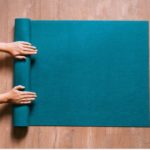When starting out with Yoga, there are a lot of things to consider, and one of the most common questions is what equipment is needed. Let’s explore this in detail.
1 The Necessity of Yoga Equipment for Home Practice
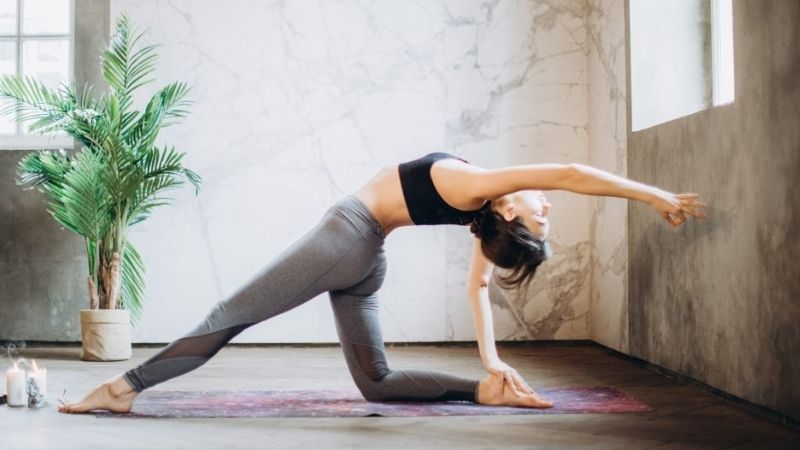 The importance of having the right yoga equipment for home practice
The importance of having the right yoga equipment for home practice
Yoga equipment plays a crucial role in your practice. These tools will help prevent potential injuries and improve your postures, making your movements more accurate and graceful without causing pain.
Additionally, high-quality yoga props can help you reduce stress and promote a sense of comfort and ease during your practice.
2 The 7 Essential Yoga Tools for Home Practice
Yoga Mat
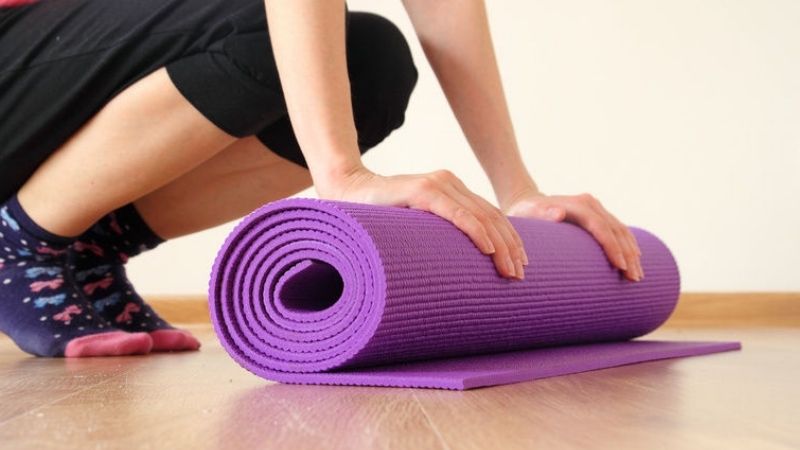 Yoga Mat
Yoga Mat
A yoga mat is essential for a safe and comfortable practice. When choosing a mat, avoid thin mats and opt for one that’s approximately 5mm thick. Look for mats made with absorbent materials that prevent slipping and have good durability.
Yoga mats also provide protection from injuries and offer grip for balance.
Yoga Clothing
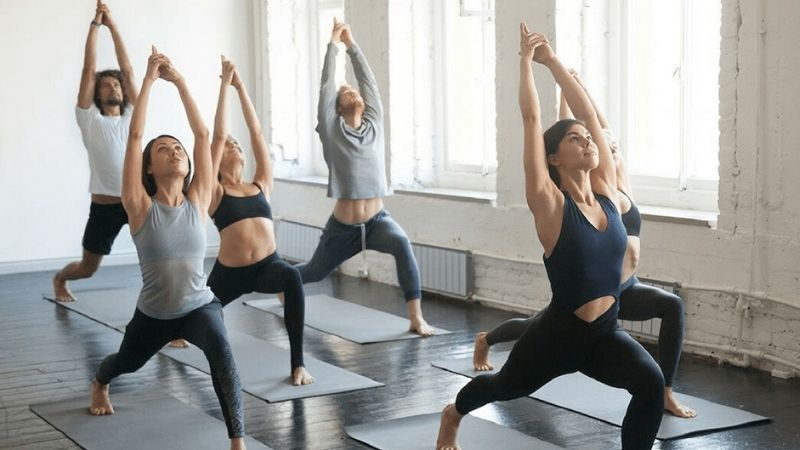 Yoga Clothing
Yoga Clothing
Yoga poses require flexibility and fluidity, so choose clothing that allows for a full range of motion. Opt for breathable fabrics like cotton or linen that absorb sweat well and have good stretch. Keep the style simple, comfortable, and practical.
Yoga Hammock
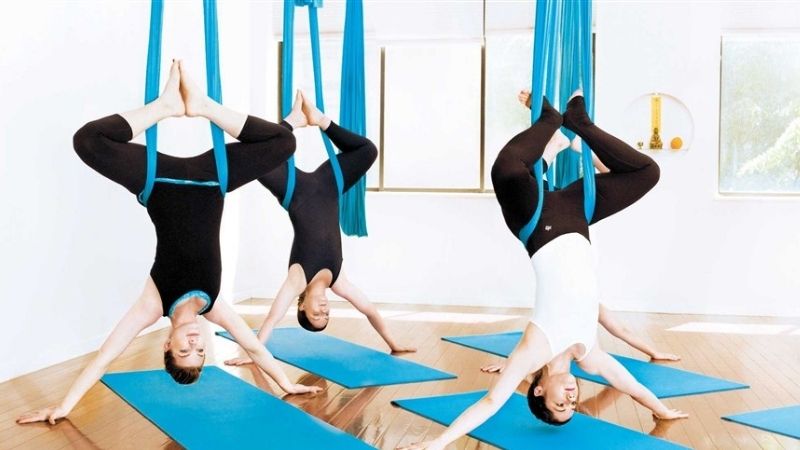 Yoga Hammock
Yoga Hammock
If you want to explore aerial yoga, a yoga hammock is a must-have. These hammocks are made from durable fabric or silk, providing a soft and airy experience.
With a yoga hammock, you can attempt inversions, stretches, spine releases, and backbends.
Yoga Ball
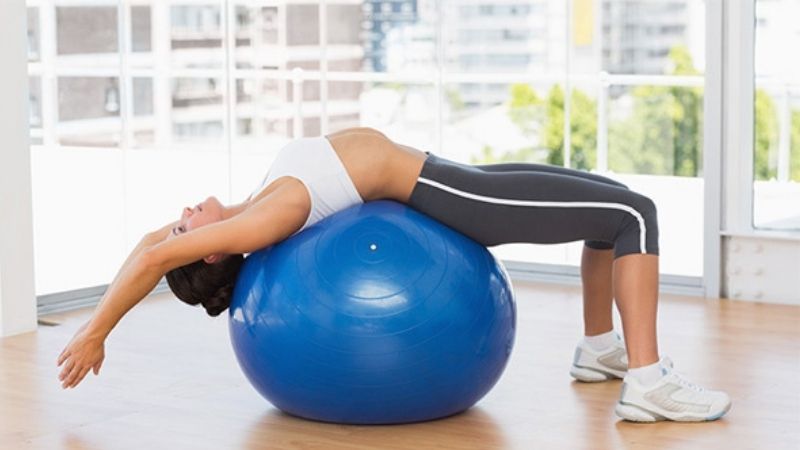 Yoga Ball
Yoga Ball
Using a yoga ball is an effective way to improve your practice. It’s simple, gentle, and delivers high results while enhancing your balance and focus.
Yoga balls are also excellent for rehabilitation, especially for back and hip pain, improving cardiopulmonary function, and boosting blood circulation.
Yoga Ring
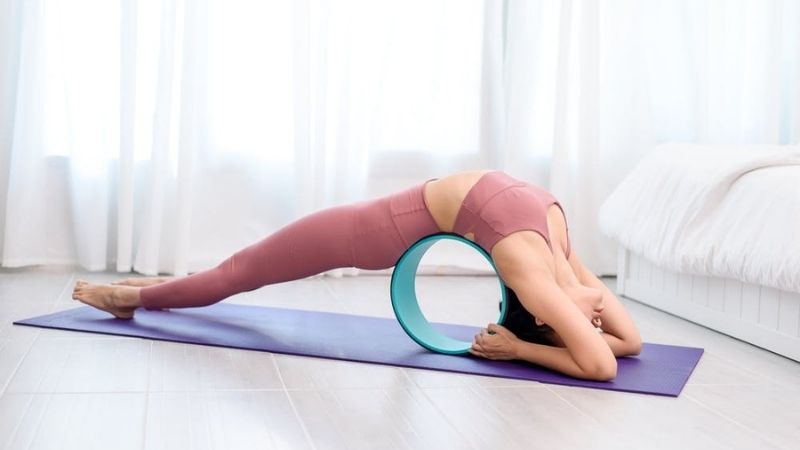 Yoga Ring
Yoga Ring
Yoga rings are incredibly supportive tools that help you achieve deeper backbends. Look for lightweight rings with a strong frame that are easy to carry around.
Yoga rings are great for treating back pain and massaging the spine. Aim for a ring with a diameter of 32-35cm, a width of 12-15cm, lightweight, and durable.
Yoga Block
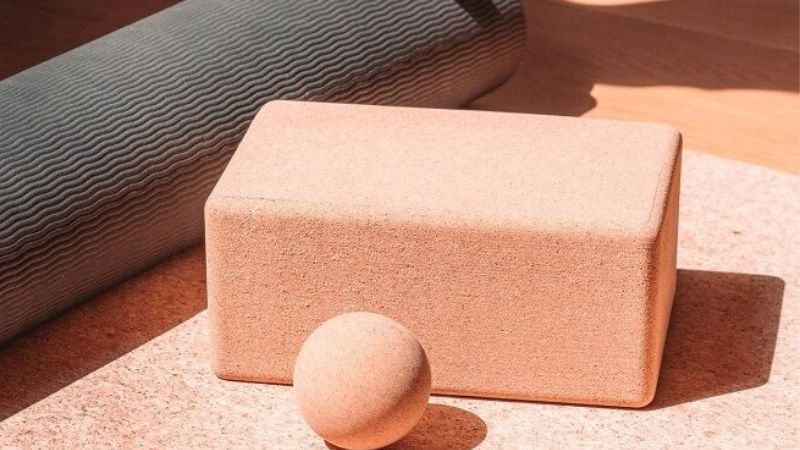 Yoga Block
Yoga Block
For beginners, a yoga block is helpful when you’re sitting still and your knees don’t quite reach the ground. It reduces the strain on your thighs and prevents unnecessary injuries. You can also stack books as an alternative.
Yoga Strap
 Yoga Strap
Yoga Strap
Yoga straps are especially useful for beginners, helping to join hands behind the back or stretch the calves and feet.
Go for a strap that’s approximately 1.8m long and 3.8cm wide, made of cotton for its stretch and softness.
3 Other Supportive Yoga Tools
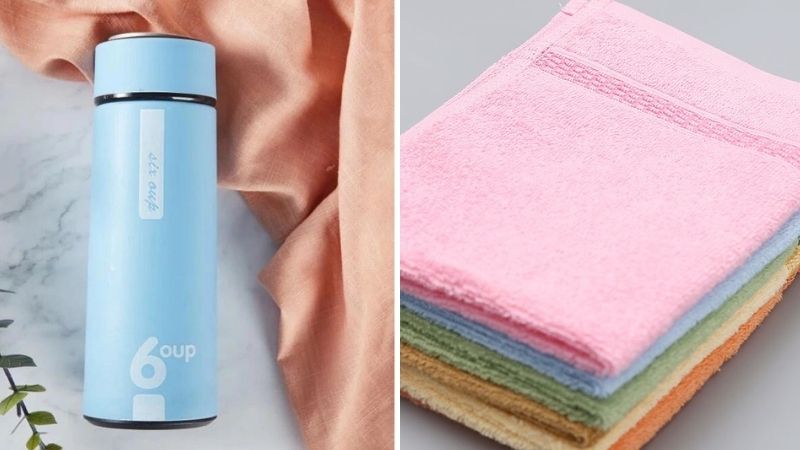 Additional Yoga Tools
Additional Yoga Tools
Hand Towel and Warm Water
A hand towel is useful for wiping away sweat during your practice. Additionally, drinking one to two cups of warm water after your session can help prevent dehydration.
Water Bottle for Yoga Practice
Always have a water bottle handy to stay hydrated during your practice.
Yoga Essential Oils
Essential oils can help calm your mind, reduce worries, and restore a peaceful and healthy state of being.
Candles, Incense, and Oil Lamps
These create a soothing atmosphere and have a calming effect on the mind. Burning incense or candles during your practice can aid in reducing pressure and restoring energy. They are also beneficial for meditation.
Yoga Slippers
While practicing yoga barefoot is ideal, some professional yoga studios may require slippers. Make sure to get a pair if needed.
Hair Ties
For women with long hair, tying it up is ideal. It keeps hair out of the way during practice and prevents it from becoming a distraction. Just make sure to avoid tying it too tightly and opt for an easy-to.
4 How to Choose Yoga Equipment
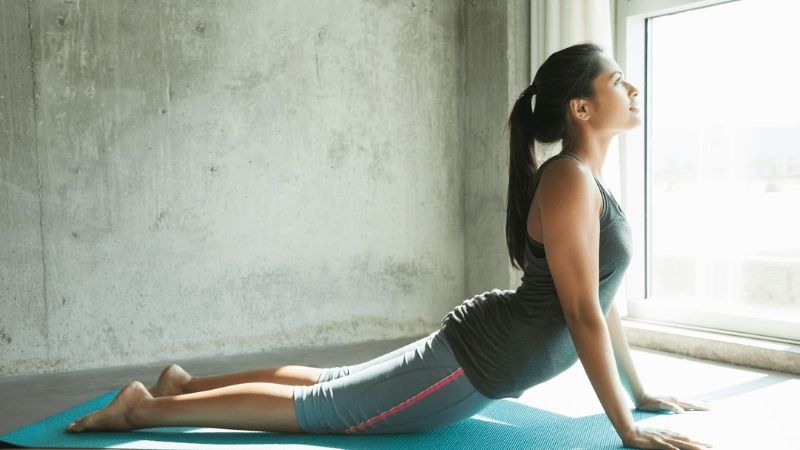 Choosing Yoga Equipment
Choosing Yoga Equipment
Start by identifying your needs and then select the equipment that suits you. The most important item to have is a yoga mat, and from there, you can explore other tools that align with your practice.
Purchase your yoga equipment from reputable sources or trusted online retailers.
5 Notes on Using Yoga Equipment
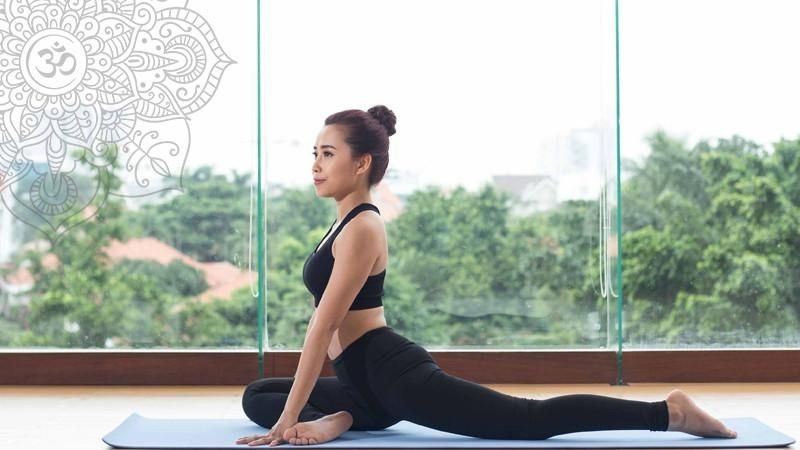 Using Yoga Equipment
Using Yoga Equipment
- Use yoga equipment for its intended purpose to avoid damage and potential injuries.
- Properly maintain and clean your yoga equipment regularly.
- Don’t rely on yoga equipment to force advanced poses beyond your skill level, as this can be unsafe.
This article has provided insights into the essential equipment for a home yoga practice. We hope it helps you choose the right tools to enhance your yoga journey.

























